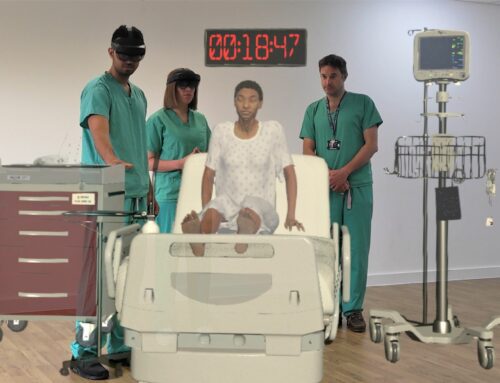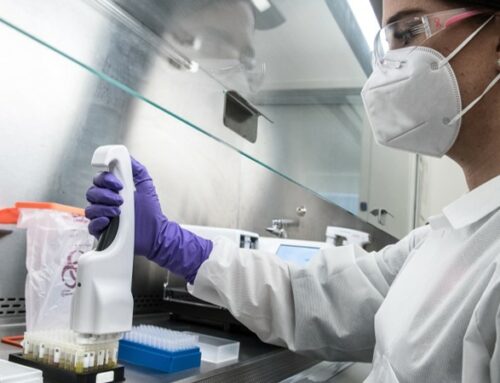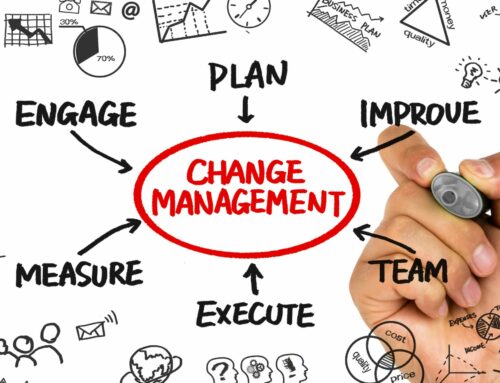By Hari Prasad, Founder and CEO of Yosi Health
5 Areas Physicians Should Focus on in the New Normal
Back in the so-called good old days, the patient experience began at home. A doctor made a house call and built their reputation in the area by cultivating a good “bedside manner.” Word of mouth advertising generated by satisfied patients did the rest.
Of course, it didn’t take long to realize a doctor’s time was better spent tending the practice they’d developed rather than tooling about town, wasting time traveling from appointment to appointment. Eventually, the house-call model was replaced by the much more time-efficient process of having patients visit the doctor at one location.
This shift – from at home to in-office appointments – was probably the last major disruption to the patient experience (if you don’t count the introduction of in-office co-pays) up until the time of the COVID-19 pandemic.
Once the pandemic struck, the standard model of making an in-person office visit was thrown asunder. This caused monumental disruption and shifted the patient experience once again.
That leads us with today: an era in which the patient experience begins and often remains online. It starts with self-diagnostic Google searches, the choosing a local practice using review sites, and then a preliminary telehealth screening/consultation.
While it’s true the office visit isn’t going anywhere quite yet – patients still very much value their one-on-one in-person relationships with their physicians – this still represents a sea change to the industry and, for better or worse, healthcare practitioners need to adapt to the new methodologies, or face losing business to their more agile competitors.
Let’s take a look at 5 areas that will benefit most from the “new normal”
Effortless Patient Intake:
The pandemic brought a radical re-imagining to the medical practice waiting room. Today, there are pre-arrival patient-intake systems that provide a host of patient-friendly amenities from updated critical patient and appointment information to a patient’s personal EMR system in real-time. Typically accessed by cell phone, computer or tablet, secure online patient intake solutions eliminate waiting room times, limits the spread of contact with others, and increases financial results for even small and mid-sized health systems. Patients have adopted to these intake systems because they do not require an app or an account to be created.
Pre-Screening for Ancillary Medical Conditions:
One of the advantages of patient-intake systems is that they allow for a host of patient information to be collected pre-visit. This includes screening questions for mental health, substance abuse, and genetic disposition. This is information patients are often sensitive to impart during a face-to-face interview. By screening for these conditions before hand, the physician is better prepared to address them during the consultation.
Telehealth:
Telemedicine facilitates remote patient monitoring by healthcare professions through face-to-face consultations via online video. Telehealth services have taken off during the pandemic, facilitating critical care in emergency situations and saving lives, remotely. Additionally, real-time interactive services make it possible for patients to consult electronically with healthcare providers. This is essentially video conferencing that helps with diagnosis, management, counseling, and patient checking.
Streamlined Record Keeping and Paperwork:
While the capability of securely uploading patient records to the cloud and make medical histories accessible remotely to specialists, the patient themselves, and other healthcare professionals, advances in patient intake software have made integrating patient records with EMRs and other systems virtually seamless. Watch for this capability to become near universal in adoption, and using automated work flows, something that will significantly cut down on administrative time at the office.
Remote Patient Monitoring:
Once the patient crossed back over the office transom, making sure they followed their treatment plans and “took all their meds” was a bit of a crap shoot. But as the patient experience moves online, keeping up with patients to remotely monitor treatment outcomes and arranging for any follow-up can be both frequent and instantaneous. It results in better patient outcomes, less recidivism, and through patient empowerment, less time demands on the practice.












